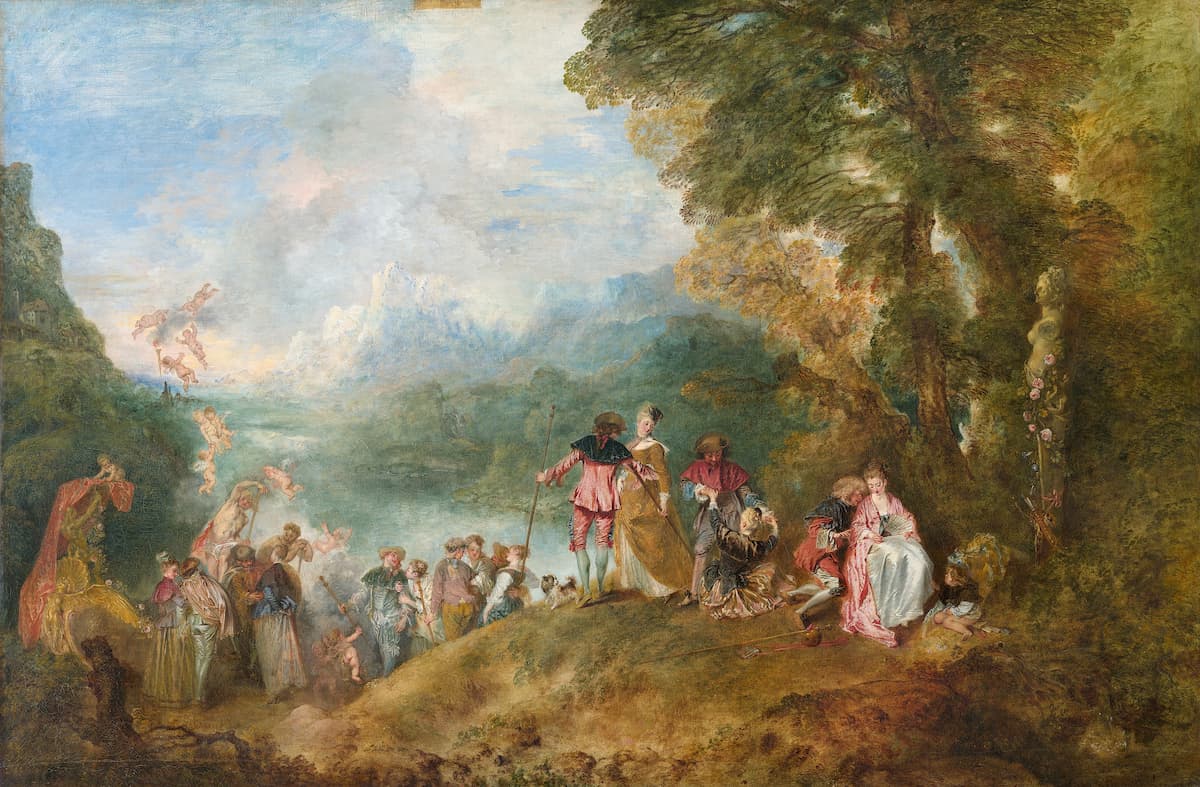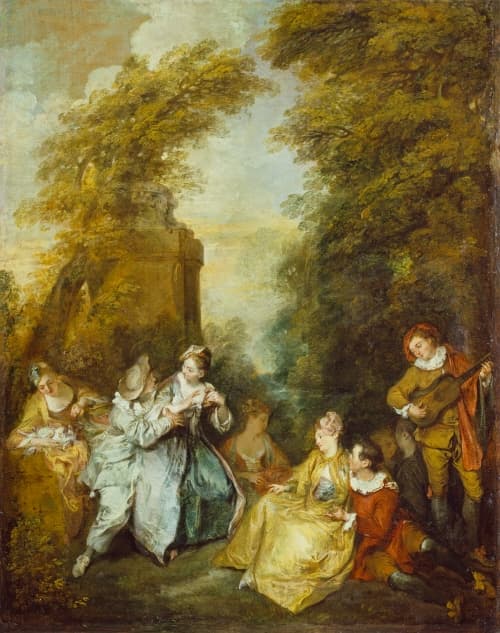It's all about the classical music composers and their works from the last 400 years and much more about music. Hier erfahren Sie alles über die klassischen Komponisten und ihre Meisterwerke der letzten vierhundert Jahre und vieles mehr über Klassische Musik.
Total Pageviews
Monday, May 29, 2023
Antonín Dvořák - Serenade for strings in E major (1876)
‘ISLANDS IN THE STREAM’ (DOLLY PARTON & KENNY ROGERS) Cover by The HSCC
Sunday, May 28, 2023
The greatest 30 seconds of Classical Music
Ain't No Mountain High Enough - feat. Vula & Brendan Reilly & Soul Family
Yuja Wang playing differently to a conductor’s liking
Why Listen to Haydn? His Life and Music
Saturday, May 27, 2023
MOZART KLAVIERKONZERT A-DUR KV 414 I.ALLEGRO /Elisey Mysin
Friday, May 26, 2023
Happiness in Love: Debussy’s L’isle Joyeuse
by Maureen Buja, Interllude

Watteau: Embarkation for Cythera (1717)
Cythera, or, in modern Greek Kythira, is the Ionian island where Venus / Aphrodite was born, so would have been a destination for lovers everywhere.

Lancret: Conversation galante (1719) (The Wallace Collection)
The painting is everything a patron could want in a work – beautiful landscape, beautiful figures in beautiful clothes, beautiful statuary, and cupids everywhere. For the Academy, it’s a classical scene with mythological overtones. For the viewer, we have so many expressions of joy in the work: the couples in the middle of the work give us three stages of love – one couple in front of the statue is still engaged in their tryst, the three couples under the trees are in the acts of disengaging, while the couple walking down the hill are looking back in memory. More couples down by the boat are embarking for their voyage back to home. There’s no sorrow, no sadness, just a happiness and satisfaction in a perfect world.
Other painters, such as Fragonard, Lancret, and François de Troy also painted works in this heightened style, but the style itself was gone by the mid-18th century.

Jean François de Troy: La Déclaration d’amour (1731) (Berlin: Charlottenburg Palace)
The French composer Claude Debussy (1862–1918), known for his mastery in making one genre of painting, French Impressionism, into music, took up Watteau’s pastoral ideals with a work from 1904, L’isle Joyeuse, that gave a modernist twist to the older genre. First written for piano, it was later orchestrated with Debussy’s permission by the Italian conductor Bernardino Molinari. The orchestral work had its debut in 1923.
The piano version seems like it starts us at a precarious landing. The dancing rhythms carry us onto the island and up to the grove of Venus, where all delights await. It’s very much a personal piece, as though we are looking through the eyes of a character to see what’s around us.
As an orchestral work, there’s a larger scope for setting the scene. More than just involving an individual character, the orchestra can provide a whole world of people. The celebration is heightened, and there’s more details in the sound picture – the woodwinds flitter Cupid-like, the harp adds another voice, and with the brass sound, it’s as though the whole world glitters.
Conveying a picture in music is difficult but, in this work, Debussy and his orchestrator Molinari give us a world we wish we could just step into.